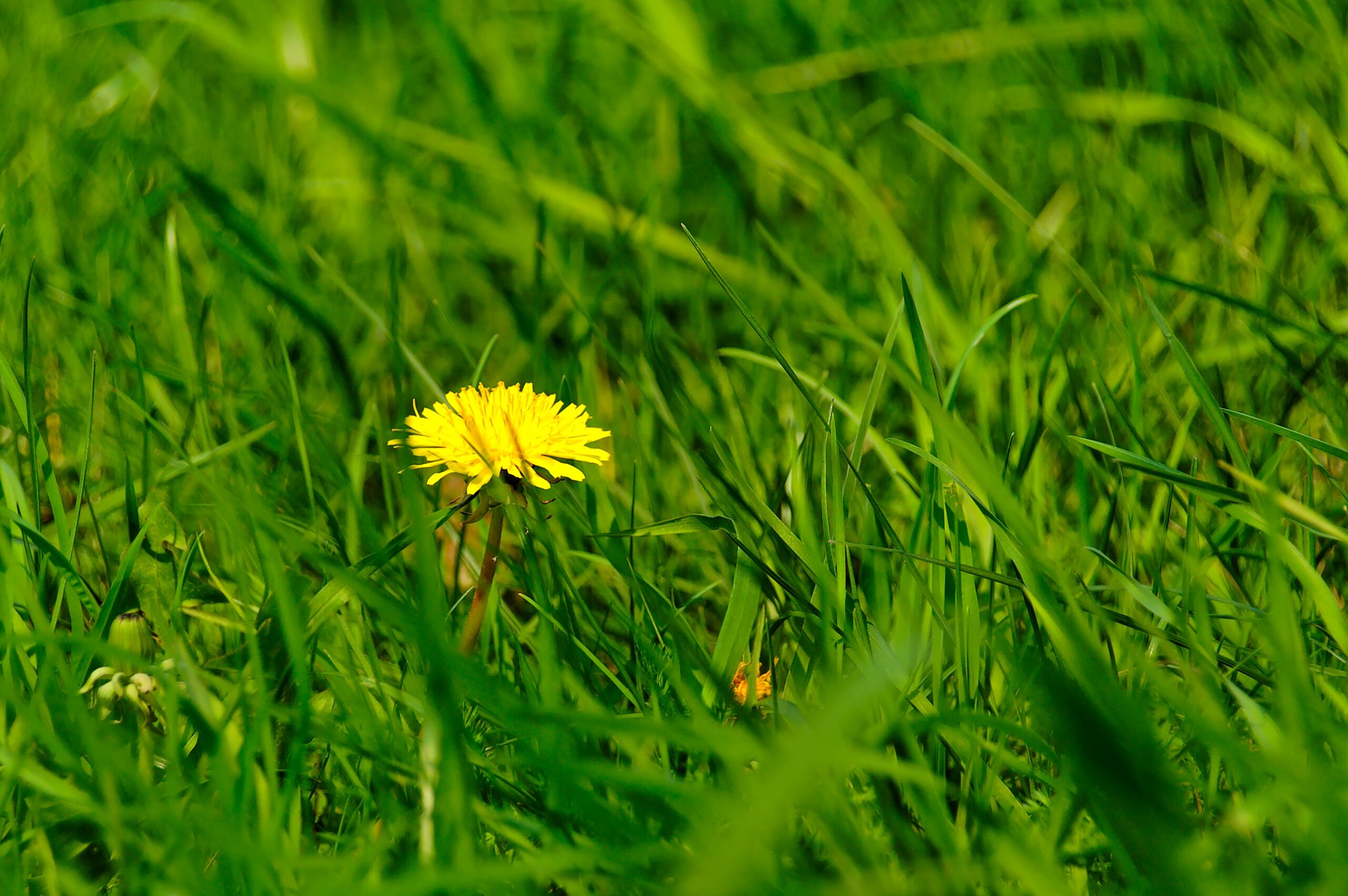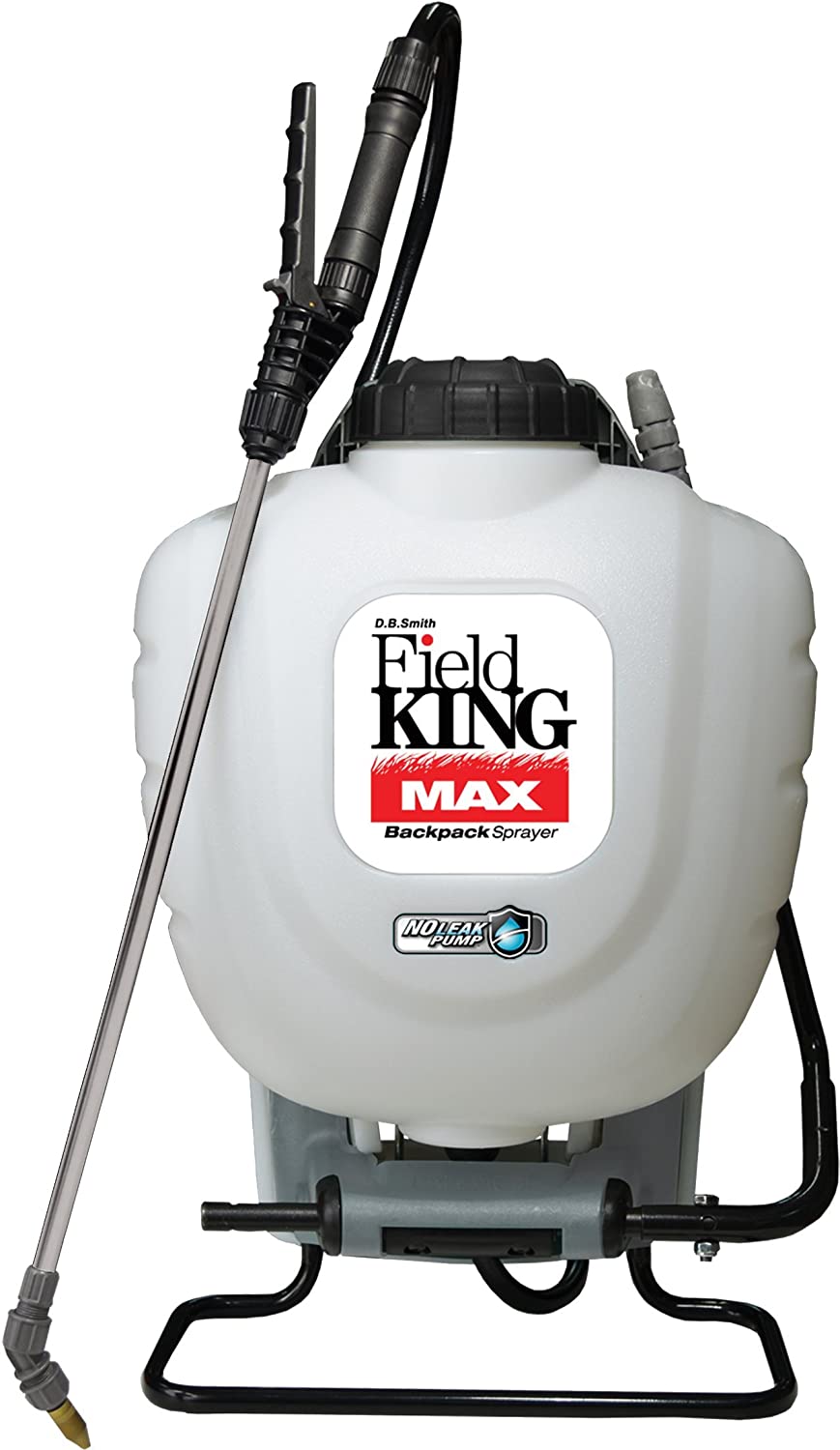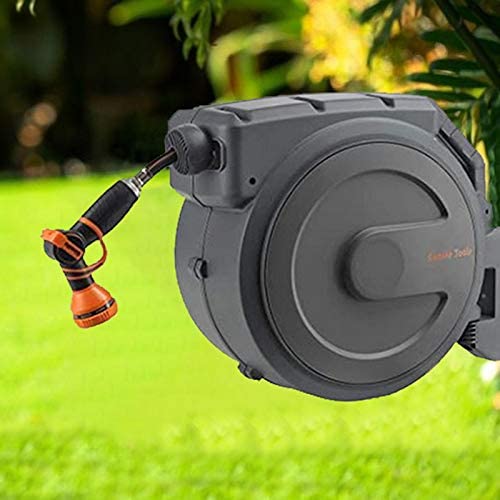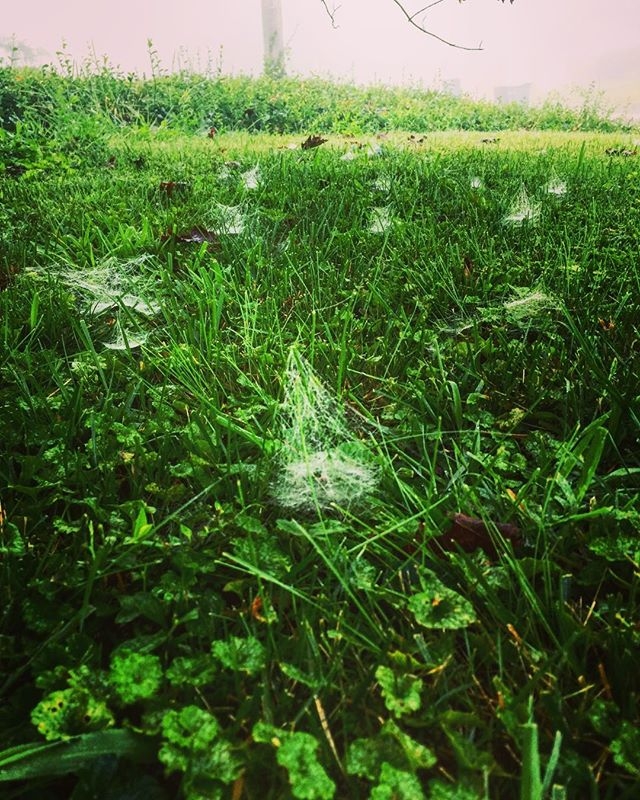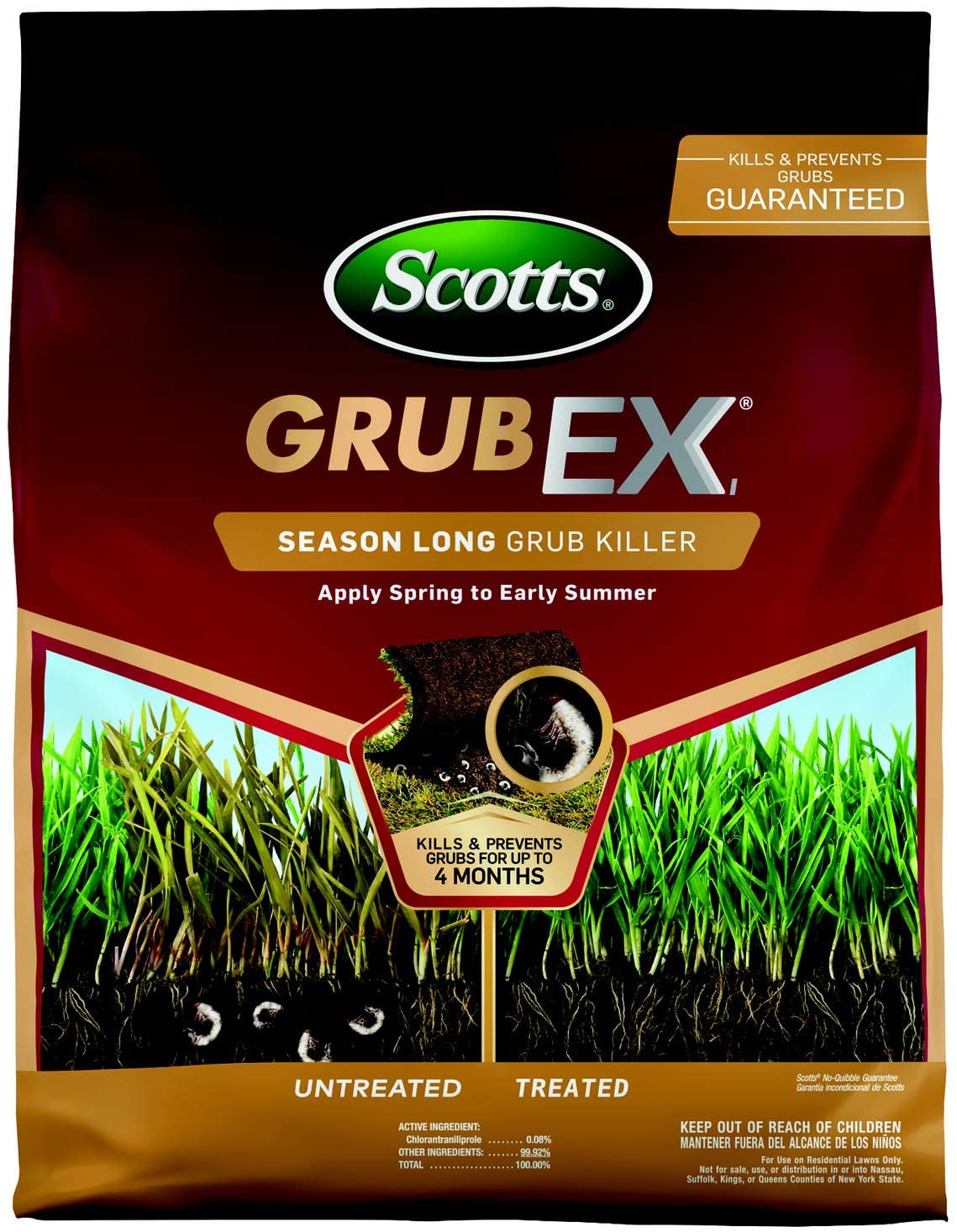How to Kill Crabgrass and Keep It From Returning
Table of Contents
Crabgrass is notoriously hard to kill and homeowners with lawns around the country detest it. You work hard to maintain your lawn but you just can’t seem to get rid of this pesky lawn weed. Keep reading below because we’re going to show you to get rid of crabgrass for good.
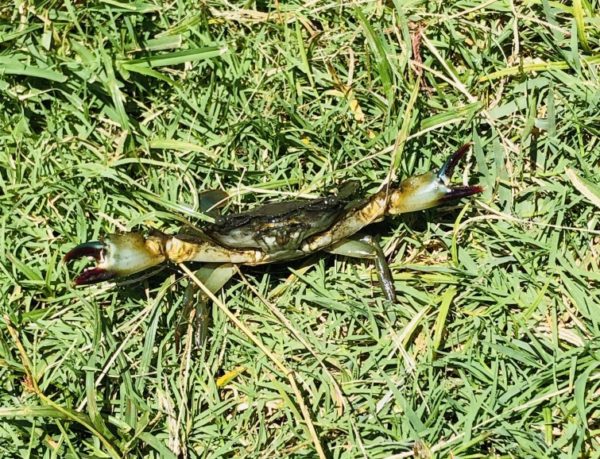
Understanding Crabgrass
Crabgrass is a warm-season grassy weed with an annual growth cycle. It thrives in hot, dry conditions and grows by creeping outwards from a center point like a crab. Like most weeds, crabgrass starts growing in the thin, bare patches of your lawn where there is space available for it to take root and spread. What makes crabgrass such a nuisance is its growing cycle.
Crabgrass is a summer annual weed, meaning that it germinates in the spring, thrives in the heat of the summer and dies by the first frost in the fall. But before it dies, it spreads new seeds which lay dormant in the soil until they germinate during the following spring. A single crabgrass plant can spread thousands of seeds in one growing cycle, which guarantees that the plant will keep growing back every year if it is left unchecked.
Stopping Crabgrass Before It Starts with Pre-Emergent Herbicide
There are a few ways to combat crabgrass growth: pre-emergent, post-emergent and long-term solutions. Because of its annual growth cycle, the best way to prevent crabgrass once you know it is present in your yard is to use pre-emergent techniques. You need to kill the thousands of seeds laid in the fall before they can germinate and sprout in the early spring by using a pre-emergent herbicide.
Germination of Crabgrass in the Spring
Timing is crucial in preventing crabgrass from starting a new annual growth cycle in the spring. Crabgrass seeds will begin to germinate after the soil reaches a temperature of 55 degrees Fahrenheit for a few consecutive days. In order to determine when your soil reaches this temperature, you can buy a soil thermometer from any home improvement retailer.
If you want to cut costs, you can also simply keep a close watch on when the plants and flowers in your backyard start to bloom. Specifically, crabgrass seed germination occurs at the same time as the blooming of lilac bushes.
Find Your Soil Temperature
Finally, you can also search your local county extension service’s website for soil temperatures in your region each year. I personally like to use It is important to act within this short window before germination – otherwise, you will miss your chance to use a pre-emergent herbicide and it will be more difficult to eradicate the weed completely.
Application of Pre-Emergent Herbicide
Once your soil reaches a temperature of 55 degrees Fahrenheit, apply a granular or liquid pre-emergent herbicide throughout your entire yard. Liquid crabgrass preventers like Tenacity work great but are tougher for beginners to apply. If you’re new, try using a granular pre-emergent that you can apply by using your fertilizer spreader instead. Both liquid and granular crabgrass preventers are capable of stopping crabgrass – but you have to apply it at the right time.
You may want to apply the herbicide a second time after about a week has passed. Water your lawn at least a half an inch within twenty-one days to activate the herbicide.
What Not To Do After Applying Pre-Emergent
However, there are a number of considerations to keep in mind about your lawn care program when using a pre-emergent herbicide.
Don’t Dethatch or Aerate Your Lawn
Afterwards, do not core aerate or dethatch your lawn. Also, you should not use a pre-emergent herbicide if you have just laid down new sod in your yard. If you recently seeded your lawn, you should wait until you’ve mowed your lawn at least three times before applying a pre-emergent herbicide. Finally, it is recommended that you wait two to four months to reseed your lawn after the herbicide application.
Killing Crabgrass After It Has Germinated in Your Lawn
Sadly, in some cases the window of opportunity to use a pre-emergent herbicide may have already passed. Once you can see crabgrass sprouting in your lawn, there is no point in using a pre-emergent herbicide and you should instead invest in a post-emergent herbicide.
Pull Out The Crabgrass
Start by pulling out any crabgrass in your yard by hand and use gardening tools to carefully pull out the roots. Removing every part of the root will be the biggest help in eradicating the weed. As you remove any sprouting crabgrass you spot, bag every part of the plant and dispose of it so that it can’t grow back in your lawn.
Applying Post Emergent Herbicide
Then, select a post-emergent herbicide that is compatible with the type of grass growing in your yard. We recommend using any traditional weed killer with Quinclorac when the crabgrass plants are young.
If you’ve waited until the crabgrass has matured in late summer, the most effective crabgrass killer will be Drive XLR8 in liquid form. If you try to use ordinary weed killer at this stage, it will ineffective.
The soil should be slightly damp before you apply the herbicide; you should water your lawn a few days before and dampen the grass slightly on the day you apply the herbicide. However, do not water your lawn afterwards, because doing so will immediately wash away the chemicals before they can do their work. Take upcoming rainfall in the forecast into account as you plan your application. If crabgrass has overtaken your yard, you should do a second application of the herbicide about a week after the first application.
Proper Lawn Care Is The Best Crabgrass Killer
While the best way to combat crabgrass is to kill the seeds before they germinate and sprout in the early spring, you should also consider weaknesses in your long-term lawn care program. A thick, lush and green lawn makes it very hard for crabgrass to grow since the crabgrass has lots of competition. If you have a discolored, patchy lawn that is thinning, you’re basically throwing a party for crabgrass to thrive. These deficiencies are what may be allowing crabgrass to return year after year.
Reseed Your Lawn Every Year
There are a number of long-term methods you can adopt to prevent the growth of not only crabgrass but other common weeds in your region. For example, weeds grow in the thin, bare patches of your yard where there is space for them to take root. Reseed the bare patches of your lawn, and fertilize once or twice a year to ensure that your grass is healthy and lush.
Mow Your Lawn Higher
Do not mow your grass too low. It is very difficult for crabgrass to take root when tall grass provides shade and coverage throughout your lawn. You should keep your grass at a height of about three inches, and you should never cut more than one-third of the grass blade length during a mowing session. Do not overwater your grass; water infrequently but heavily instead of in small daily intervals.
Get Rid of Crabgrass for Good
Crabgrass is a persistent, damaging weed that can take over your yard year after year if you do not respond. If you notice crabgrass growing in your yard, the most effective way to eradicate the weed is to target its growing cycle and ensure that it cannot lay seeds for the next year.
When applied correctly, pre-emergent herbicides are highly effective in stopping seeds from germinating and sprouting. In the worst cases, there are effective post-emergent herbicides and treatments to stop a widespread crabgrass problem in your backyard.
However, the best and most cost-effective way to avoid crabgrass year after year is to foster a yard that is unsustainable for crabgrass to survive. Follow best practices for a healthy, green lawn every year and it will be very difficult for crabgrass to find available space in your yard.

